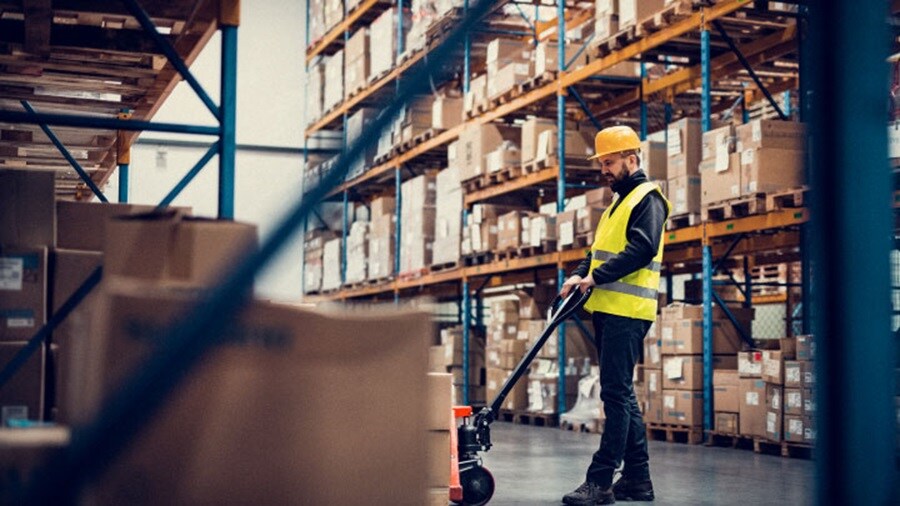Sustainability has been gaining steam across industries for years and is now a top priority. What began as an ask from consumers wanting to transition to a low-waste lifestyle is now driving brand marketing campaigns and corporate vision statements. More and more players have decided to lead the charge and devise proactive solutions that are not only sustainable but also ethical.
In the FMCG industry, the transition has been fast, with an increasing number of brands taking positive steps like shifting to eco-friendly packaging or reducing carbon emission levels, making sustainability synonymous with eco-friendly solutions. But there is another, less-discussed aspect of sustainability – wastage in supply chains.

Who wastes more overall?
The simple answer is supply chains — ones that are not optimised for efficient resource utilisation. For years, product wastage has been largely attributed to consumer behaviour. However, recent studies show that more than 40% of the total wastage of all products happens across the various stages of a supply chain. Of this, perishables are most affected, while non-perishables succumb to poor handling.
40% of total food wastage in developed countries happens before a product reaches the shelves
90% of the impact on air, land, water, biodiversity and geological resources are accounted for by CPG companies’ supply chains
Breakdown of impact by source, %
Where does the wastage begin?
Wastage happens at all stages and all the time — sometimes as early as sourcing. For perishables, deterioration begins during sourcing, whereas non-perishables get affected from production.
How can supply chain transformation help
During sourcing
Fruits, vegetables, protein and dairy are ambience-sensitive, so spoilage starts immediately and with a dramatic variance of 0% to 100%, depending on the speed of handovers. In the bananas and pines industry for example, minute interruptions often result in spoilage of tonnes of harvest.
Optimising the supply chain for enhanced end-to-end visibility will facilitate precision handovers between the stakeholders. One of the ways brands are doing this is by placing greater emphasis on digitalisation of processes, so that access to information is instant and available round the clock.
There are two major causes of food waste: 1. Lack of high quality, reliable cold storage, and temperature control. 2. Inefficient handovers and breaks in the cold chain when things don't go according to plan.

During warehousing
Once a shipment leaves the production facility, its shelf life is determined by its handling and storage conditions. Fresh and chilled foods depend on the reliability of an unbroken cold chain, whereas personal and household goods depend on the quality of handling and inventory management.

During distribution
This is where the entire supply chain culminates and ensures timely delivery of the product to the point of sale. One could argue that distribution is an excellent indicator of the health of a supply chain. If the product arrives too early, it hints at a lack of market intelligence. If it arrives too late, then a lack of visibility and agility should be investigated, which then goes back all the way to vendor management – a result of multiple stakeholders in a typical fast-moving setup.
Since everyday goods like food, beverages, cosmetics and household items are a busy segment, a 4PL service provider can go a long way in managing all 3PL and 2PL service providers, eventually leading to reduced wastage and complexity.
Efficient supply chains are the key to keeping our daily lives running. For consumers, this means availability of the product on the shelf when they need it most. For brands, this means bringing the right product to the right shelf at the right time and reducing wastage related inefficiencies.
Sign up to The Logistics Pulse newsletter
You did it, welcome onboard!
Something went wrong
Sign up to The Logistics Pulse newsletter
Receive our insights directly in your mailbox by signing up through this form and enter a world of truly integrated logistics. Get inspired by our selection of articles that help you navigate supply chains, understand industry trends, and shape your logistics strategy. You can unsubscribe anytime.















